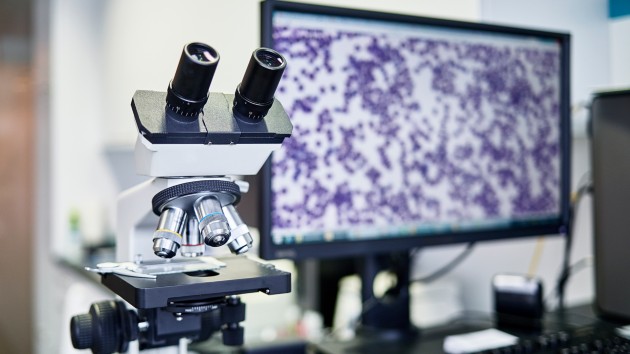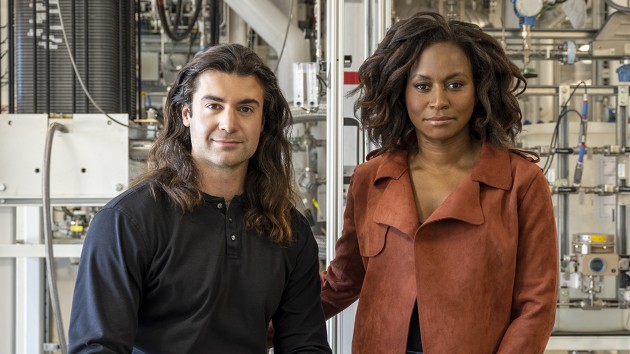Nature Index |
Collections
-
-
Technology Feature |
 Cryo-electron microscopy
Cryo-electron microscopy
Cryo-electron microscopy has electrified the field of experimental structural biology.
Image: S. Bhattacharjee et al./Cell -
Collection |
 A year of stem cell and developmental biology
A year of stem cell and developmental biology
In recent years, the field of stem cell and developmental biology has seen remarkable breakthroughs that have deepened our understanding of how organisms grow, age and regenerate, with major implications for medicine and biotechnology.
Image: Dr. Christopher Thomas, Marseille Developmental Biology Institute (IBDM), CNRS & Aix-Marseille Université -
Collection |
 Small-scale fisheries
Small-scale fisheries
Small-scale fisheries contribute to the food and nutritional security of a large share of the world population.
Image: ©FAO/Luis Tato -
Technology Feature |
 AI-Assisted Pathology
AI-Assisted Pathology
Pathology is a microscopy-intensive discipline. Experts prepare, stain and image thin sections of tissue under a microscope in order to assess the presence and severity of disease.
Image: Getty Images -
Spotlight |
 Singapore
Singapore
As infrastructure grows and its population expands, Singapore remains one of the few cities in the world that balances development with biodiversity.
Image: Luke Massey / naturepl.com -
Advertisement Feature |
 Fudan University (FDU) and Shanghai Academy of AI for Science(SAIS): AI for Science 2025
Fudan University (FDU) and Shanghai Academy of AI for Science(SAIS): AI for Science 2025
Produced by Fudan University and Shanghai Academy of AI for Science with support from Nature Research Intelligence, this report explores how artificial intelligence is transforming scientific discovery.
Image: ©️MF3d/iStock -
Technology Feature |
 Organoids
Organoids
It's not easy to study human development -- especially of the brain.
Image: Arlotta Lab, Noelia Antón-Bolaños, Irene Faravelli, Rahel Kastli -
Collection |
 Global Flourishing Study – Wave I
Global Flourishing Study – Wave I
The Global Flourishing Study is a longitudinal project gathering nationally representative, multidimensional well-being data from more than 200,000 people in 22 countries.
Image: stellalevi / DigitialVision Vectors / Getty -
Nature Index |
 Cancer
Cancer
From personalized vaccines to next-generation screening technologies, the ways the world treats and detects cancer could shift dramatically in the coming years.
Image: Peter Greenwood -
Nature Outlook |
 Alzheimer’s disease
Alzheimer’s disease
Alzheimer’s disease is the most common form of dementia, affecting more than 50 million people around the world.
Image: Chiara Vercesi -
Spotlight |
 Spain
Spain
For many, climate change is no longer a future threat but a present reality.
Image: Jose A. Bernat Bacete/Getty

 Science Inc.
Science Inc.